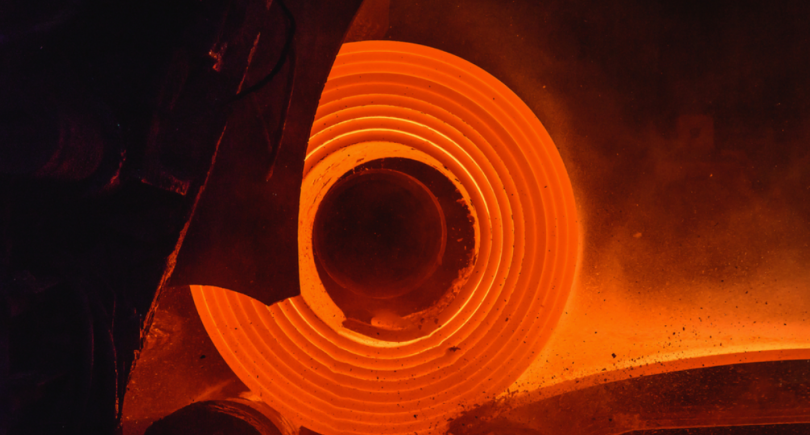
News Global Market EU 5323 05 May 2023
The supply of flat rolled products to the EU decreased by 9% y/y for the year, and long products – increased by 11% y/y
In 2022, the European Union reduced the import of finished steel products from third countries by 5% compared to 2021. This is stated in European Steel Association (EUROFER) report on «Economic and Steel Market Outlook 2023-2024/Q2 2023».
The reduction in total imports of rolled steel to the EU in 2022 is due to a 9% y/y drop in the supply of flat rolled products. The import of long-rolled goods for the year increased by 11% y/y.
In the fourth quarter of 2022, steel imports to the EU decreased by 33% compared to the same period in 2021. During the reporting period, deliveries of flat rolled products to the EU from third countries decreased by 42% compared to October-December 2021, and long products – increased by 3%.

Import of steel to the EU
During this period, the European Union imported the most steel from Turkiye, South Korea, China, Taiwan and Japan. Together, these countries accounted for 52% of the total volume of steel imports into the EU in the fourth quarter of 2022. Other importers include the UK.
In October-December 2022, steel supplies to the EU from Turkiye decreased by 40% y/y, India – by 72% y/y, the UK – by 14% y/y, and Taiwan – by 9% y/y. Imports from Japan increased by 47% y/y, China – by 10.6% y/y, and South Korea – by 5% y/y.
In January 2023, the import of finished steel to the EU decreased by 46% compared to January 2022. In particular, deliveries of flat rolled products fell by 53% y/y, and of graded products – by 25% y/y.
“Steel imports into the EU were volatile during 2021-2022, continuing the trend observed in 2019. Weak demand for steel in the first quarter of 2022 continued to stagnate during the second half of the year,” the association notes.
Steel exports from the EU to third countries in 2022 decreased by 14% compared to the same period last year. Shipments of flat rolled products from the EU decreased by 10% year-on-year, and of long products – by 22% year-on-year.
As GMK Center reported earlier, visible consumption of steel products in the European Union in 2022 fell by 7.2% in annual terms. In the fourth quarter of 2022, the indicator decreased by 19.3% – to 29.6 million tons, recording the second worst indicator after the pandemic. The demand for steel decreased last year due to the energy crisis and the consequences of the war in Ukraine.
According to EUROFER forecasts, visible steel consumption in the EU is expected to fall by 1% in 2023, and to increase by 5.4% in 2024, however, subject to positive changes in the industry and the recovery of steel demand.
WorldSteel Association expects growth of world demand for steel in 2023 by 2.3% compared to 2022 – up to 1.822 billion tons. In 2024, according to the association’s expectations, global demand for steel will increase by 1.7% y/y – up to 1.854 billion tons.




